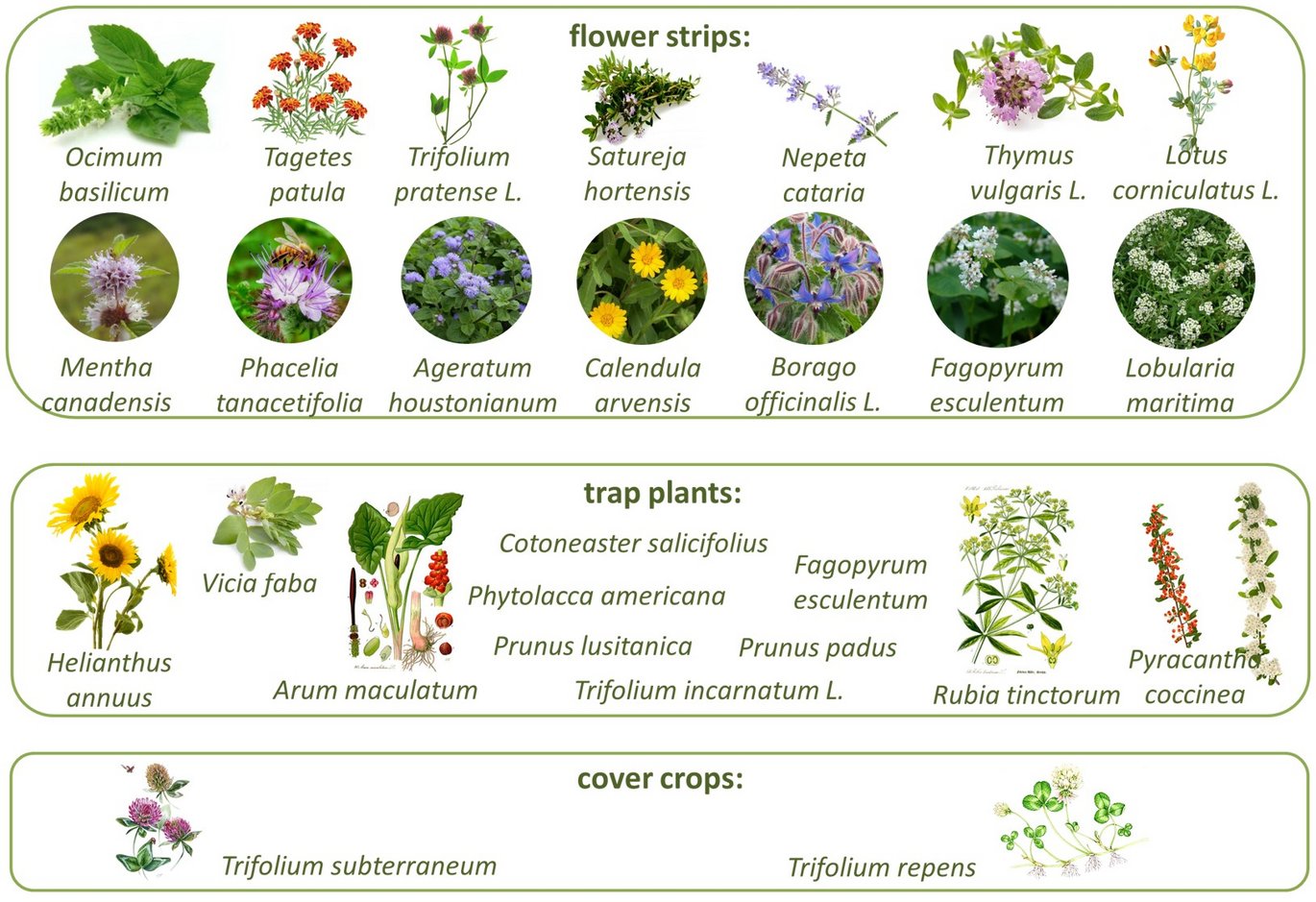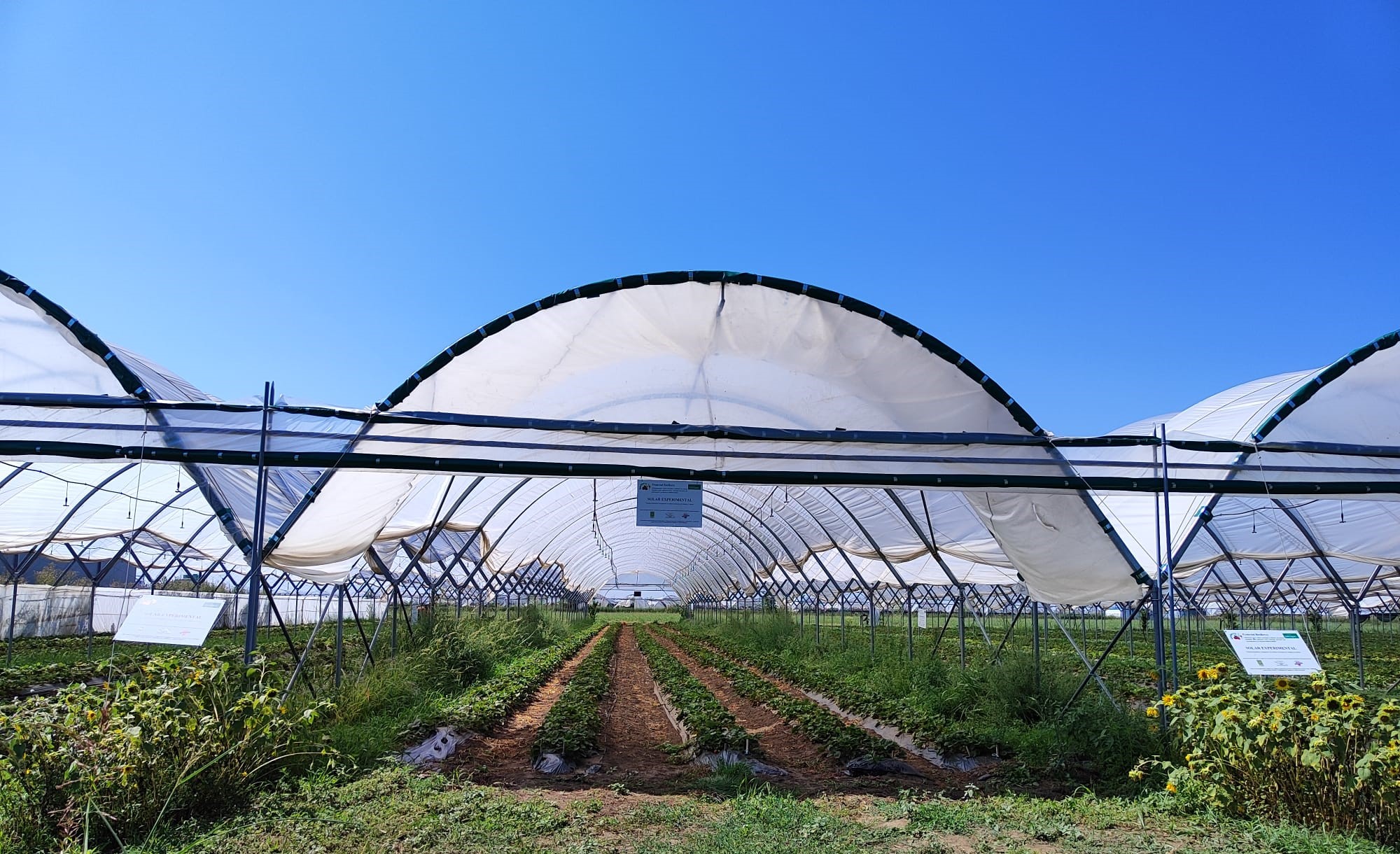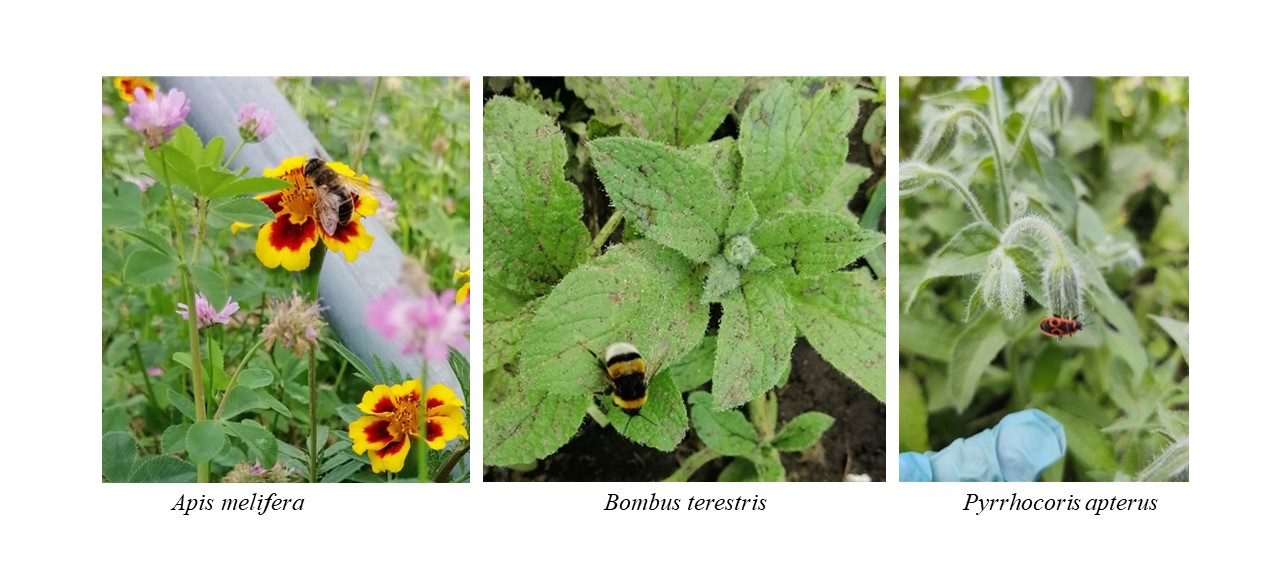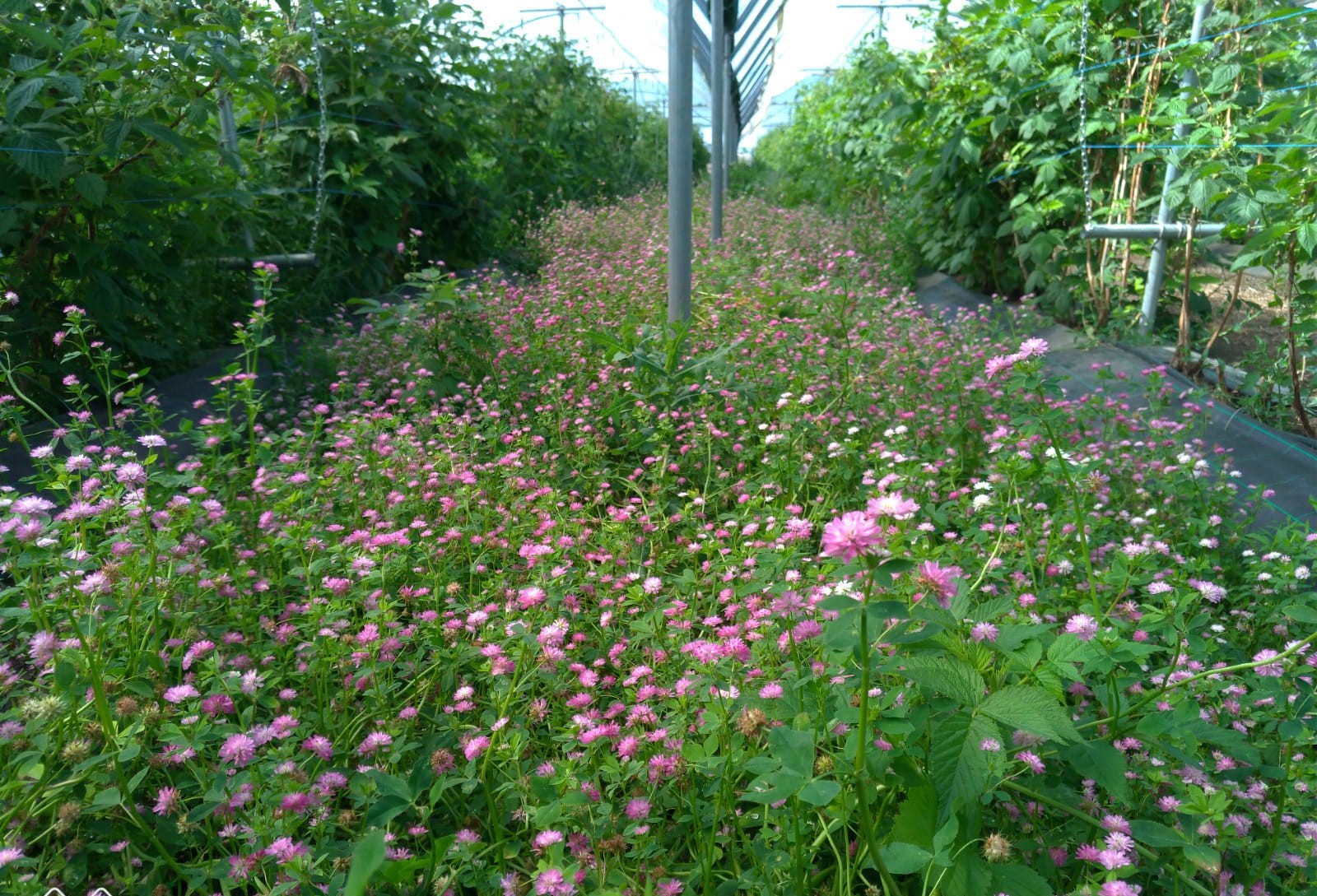Enhancing biodiversity and berry production quality through organic farming practices
Consumers’ demands for high-quality fruits, including organic berries production, have showed a strong upward trend. This fact motivates Romanian farmers to improve their berry cultivation technologies, and an important source of information for them is the ResBerry project.





Currently, there is a growing interest in organic berry production, especially concerning the development of innovative and resilient cropping systems in response to consumers’ expectations for high quality in terms of taste and nutritional content. Raspberry and strawberry are two of the most appreciated crops among small fruits due to their special taste, nutritional values, and versatility in the food industry. A resilient raspberry and strawberry cultivation implies a commitment to innovative technology for growing and preserving the health of plants, as well as a modern approach to biodiversity.
The CORE Organic project ”ResBerry” — Resilient organic berry cropping systems through enhanced biodiversity and innovative management strategies, aims to enhance above- and belowground biodiversity in European organic berry orchards in order to increase the resilience of berries against major pests and diseases, while producing high-quality, high-value organic berries. Innovative strategies are achieved through various means, including different methods for increasing plant diversity (via flower strips, trap plants, cover crops), enhancing soil microbial diversity, and organizing demonstration plots for innovative pest control strategies. These new techniques for organic berry producers are being carried out on a collaborative basis by partners located in Denmark, Poland, Germany, Romania, and Morocco.
In Romania, the University of Agronomic Sciences and Veterinary Medicine of Bucharest (USAMV) through its Research Center for Studies of Food Quality and Agricultural Products and Cooperativa Agricola Rodagria Produce, as partners in the project “ResBerry”, are working on the implementation and demonstration of tests for:
- experimental models to test companion plants in strawberry and raspberry crops;
- enrichment of the soil microbiome with the specific antagonists;
- quality assessment of strawberries and raspberries, and consumers’ expectations.
Intercropping with companion plants in raspberry and strawberry crops
Companion plants are an organic approach that can increase biodiversity and berries productivity, by minimizing the development of the pests in the field, preserving soil fertility, attracting beneficial pollinators or predators, and influencing the production of biologically active plant compounds. Intercropping has recently become a commonly used practice, as growing crops close to each other enhances biological interactions and has a positive impact on crops productivity in terms of yield and quality.
During the 2022—2023 season, USAMV established experimental plots in the raspberry (cv. Kwanza) and strawberry fields (cv. Amandine and cv. San Andreas) at the Rodagria Agricultural Cooperative farm (Ogoru, Calarasi, Romania). The berry crops were planted in high polytunnels measuring 80 m in length and 8 m in width. Various companion plant treatments were tested, including flower strips, trap plants, and cover crops.
The flower strips consisted of three variants: 1) Borago officinalis L., 2) perennial plants, and 3) annual plants, sown along poles lines of the tunnel. Borago officinalis L. was selected as a companion plant to assess its influence on the organoleptic qualities of strawberries and raspberries. The choice between a perennial flower strip and an annual one was based on the goal of reducing labor needs for farmers and optimizing resource utilization (fewer seeds, less soil work, etc.). To address selected insect pests, trap plants were planted as perimeter plants in a polyculture arrangement at the two tunnel exits. For cover crops, a mix of Gramineae species and microclover was cultivated as living mulch in the raspberry inter-rows.
Quality of resilient berries
The sustainability of berry production and quality attributes depend on several vital factors, including soil quality, cropping system, and pests and disease control. Achieving a sufficient yield and harvesting high-nutritional-value berries is important for growers’ income and for the acceptance of the proposed strategies.
To evaluate the effect of intercropping, the produced berries are characterized for physical characteristics (fruit weight, size, dry matter, firmness) and nutritional quality parameters representative for taste, colour, and aroma (titratable acidity, total soluble solids, sugars, organic acids, anthocyanins content, antioxidant activity). Results of the first season 2022 show that the berry physicochemical and quality parameters do not undergo variations between tested variants. Therefore, given that most of the horticultural crops require at least 2-3 years of experimentation for the evaluation of proposed cultivation strategies, these parameters will be thoroughly evaluated. Accordingly, the ResBerry project will continue to evaluate the impact of companion plants in berries quality as a result of the proposed agricultural practices. The project findings are shared among ResBerry partners for further optimization and demonstration in field trials.
Relevant links
https://projects.au.dk/coreorganiccofund/core-organic-2021-call/
https://www.usamv.ro/index.php/ro/1150-resberry
https://www.rodagria.com/resberry
Authors info
Lavinia Mihaela ILIESCU UDREA (lavinia.iliescu@qlab.usamv.ro)
Oana Cosmina Arabela VENAT (oana.venat@qlab.usamv.ro)
Violeta Alexandra ION (violeta.ion@qlab.usamv.ro)
Roxana CICEOI (roxana.ciceoi@qlab.usamv.ro)
Oana-Crina BUJOR NENIȚA (oana.bujor@qlab.usamv.ro)
Affiliation: Research Center for Studies of Food Quality and Agricultural Products, University of Agronomic Sciences and Veterinary Medicine of Bucharest, 59, Mărăști Bd. 011464, Bucharest, Romania
https://projects.au.dk/coreorganiccofund/core-organic-2021-call/